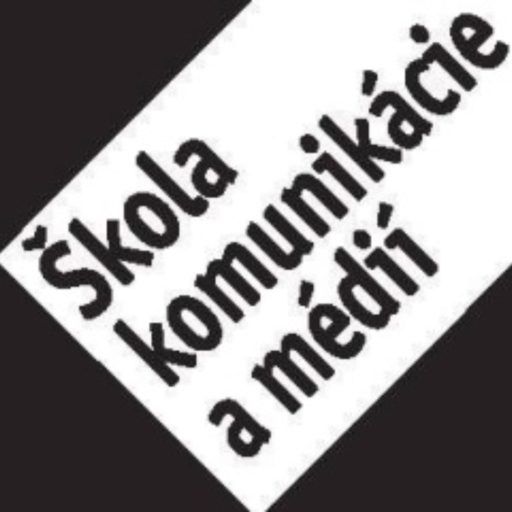Andrej Školkay, Veronika Vass-Vigh, Martin Laczko and Viera Žúborová
School of Communication and Media Bratislava, Slovakia
October 2021
This national report aimed to find out how selected Slovak political parties perceive their populist and non-populist competitors, espesially how they react and compete with populists and their political campaigns in the political competition. Through semi-structured interviews with high ranking members of the political parties, we learned their attitudes, opinions, insights and experiences regarding the confrontation with populism. Our questions were answered by Peter Kmec, a member of the National Assembly (Partliament) and a member of the presidency of the Hlas-SD (Voice-Social Democracy) party; Branislav Tichý, Secretary-General of the non-parliamentary movement Progressive Slovakia; Milan Kabina, a member of the presidency of the non-parliamentary Christian Democratic Movement (KDH); and Ábel Ravasz (then) a member of the presidency of the non-parliamentary Most-Híd (The Bridge) party.
The political (analytical-conceptual) context: non-populist vs. populist parties in 2018-2021
It is usually controversial and certainly normative to lable a party as populist or non-populist in Slovakia. Sometimes, political parties mutually call each other populist while they see themselves as being non-populist. However, occasionally there is an agreement which party they define as populist. For example, all of the interviewed high ranked members of non-populist parties in our sample mentioned OĽaNO (Ordinary People and Independent Personalities) as a populist political party/movement at the national and European level.
Curiously, Meyer’s 2021 report suggested (p.8) that there was only a single case of populists in power in Europe in early 2021, namely in Poland. Interestingly, Sme rodina (We are a Family) was seen as more populist than OĽaNO among experts involved in this study. Maybe this has to do with the time frame – while political parties represented were asked in spring of 2021, the report was written in the fall of 2021.

